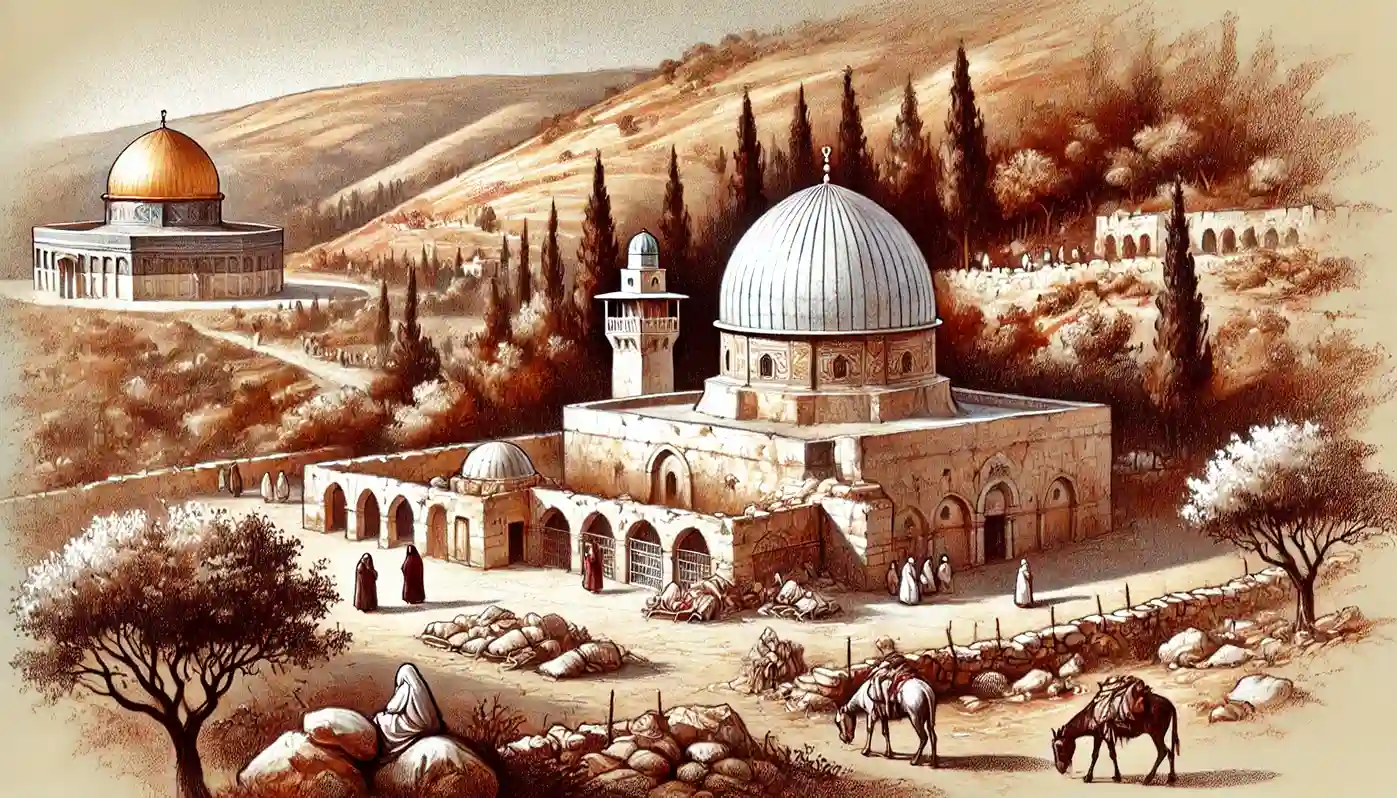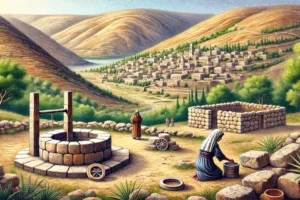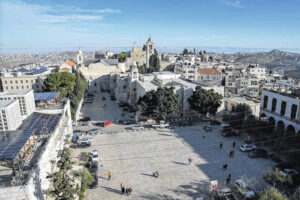
Rachel’s Tomb
Brief Introduction: Rachel’s Tomb is a significant biblical site traditionally believed to be the burial place of Rachel, the beloved wife of Jacob and mother of Joseph and Benjamin. This site holds deep historical, spiritual, and cultural importance, particularly for Jews, Christians, and Muslims.
Quick Facts:
- Location: Rachel’s Tomb is situated on the outskirts of Bethlehem, near the ancient road connecting Bethlehem to Jerusalem.
- Biblical Reference: The tomb is mentioned in Genesis 35:19-20 and Genesis 48:7.
- Historical Significance: It has been a site of pilgrimage for thousands of years, revered by multiple faiths.
- Architectural Evolution: The tomb has undergone several renovations and expansions throughout history, reflecting various architectural styles.
- Cultural Importance: The site is a symbol of maternal compassion and is visited by people praying for fertility, safe childbirth, and maternal care.
Rachel’s Tomb is one of the most venerated and historically rich sites in biblical tradition. According to Genesis 35:19-20, Rachel died during childbirth and was buried “on the way to Ephrath, that is, Bethlehem.” Jacob marked her grave with a pillar, which has since been a focal point for pilgrimage and veneration. Another reference in Genesis 48:7 confirms the location near Bethlehem.

Historical and Religious Context
Rachel, one of the matriarchs of Israel, is an emblematic figure in biblical history. She is particularly remembered for her deep love for Jacob and her intense longing for children, which culminated in the births of Joseph and Benjamin. Her story resonates with themes of love, faith, and suffering, which are central to the human experience and spiritual reflection.
Significance in Judaism, Christianity, and Islam
For Jews, Rachel’s Tomb is a sacred site where individuals come to pray for fertility, maternal health, and protection. The tomb symbolizes a mother’s enduring love and compassion. It is customary for visitors to leave prayer notes and offerings at the site, seeking Rachel’s intercession.
In Christianity, Rachel is honored as a matriarch of Israel, and her tomb is a testament to her pivotal role in the biblical narrative. The site is also a place of reflection on the themes of motherhood and divine providence.
Muslims also revere Rachel and her tomb, acknowledging her as a significant figure in the shared Abrahamic tradition. The site represents a common heritage and spiritual legacy.
Architectural and Cultural Evolution
Over the centuries, Rachel’s Tomb has been modified and expanded, reflecting the architectural styles and religious influences of different periods. The current structure includes a white-domed building and a prayer hall, accommodating the influx of pilgrims and visitors.
The tomb’s cultural importance extends beyond its religious significance. It has been a symbol of Jewish presence in the region for millennia and continues to play a crucial role in the cultural and spiritual identity of the people.
Conclusion
Rachel’s Tomb remains a powerful symbol of faith, motherhood, and enduring love. Its significance transcends religious boundaries, making it a place of universal reverence and a testament to the shared human experience.
Leave A Reply
You must be logged in to post a comment.




1 Comment